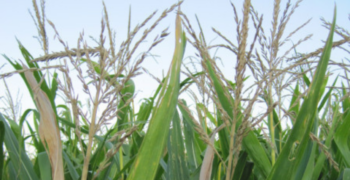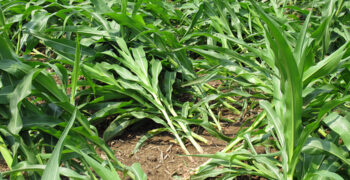Background
Many varieties of fungi are responsible for creating seedling diseases in corn. Identifying certain root rots and Seedling Blights based off of symptomology can be very tricky different types of pathogens can cause the same symptoms. At least 6 different Fusarium Seedling blights are known to cause root rot/seedling diseases in corn. Plants that have become infected will show brown or reddish lesions. You will also notice mesocotyl and root may shrivel. Symptoms coming from the roots will reveal a slight brown or dark black appearance to the completely rotted roots.
Favorable Conditions
The fusarium thrives in cool and wet soil conditions. Typically, you will find this disease in soil temperatures less than 50-55 degrees. Low lying fields with poor drainage have a higher risk of becoming prone to seedling blight. Any form of crusting that causes a delay in emergence creates the perfect recipe for seedling blight to occur
Management
- Seedlings become more susceptible to becoming infected when it is in the ground for a long period of time. To try and prevent further seedling diseases, planting a quality seed at the correct planting depth (2 inches) and soil conditions to promote emergence and germination. Any part of a field that is known for seedling disease or stays wet should stay away from being planted early.
- It is very important to have your corn seed treated. The fungicide and the ingredients within the treatment provide a level of protection against blight pathogens. Treatments such as Acceleron can help decrease the risk of seedling diseases.



